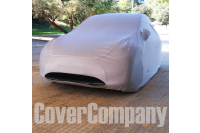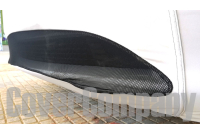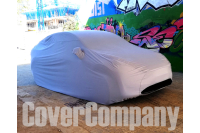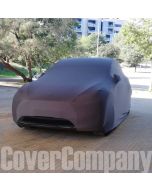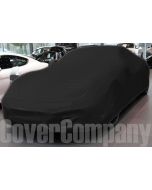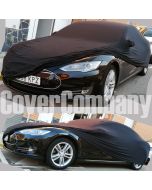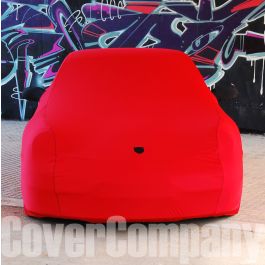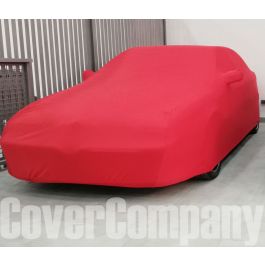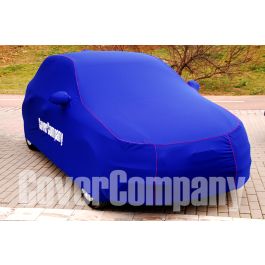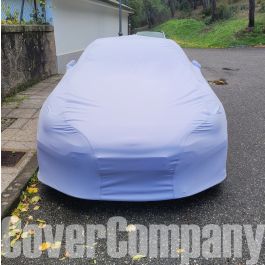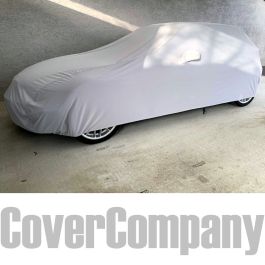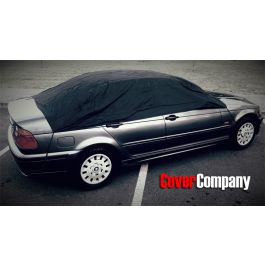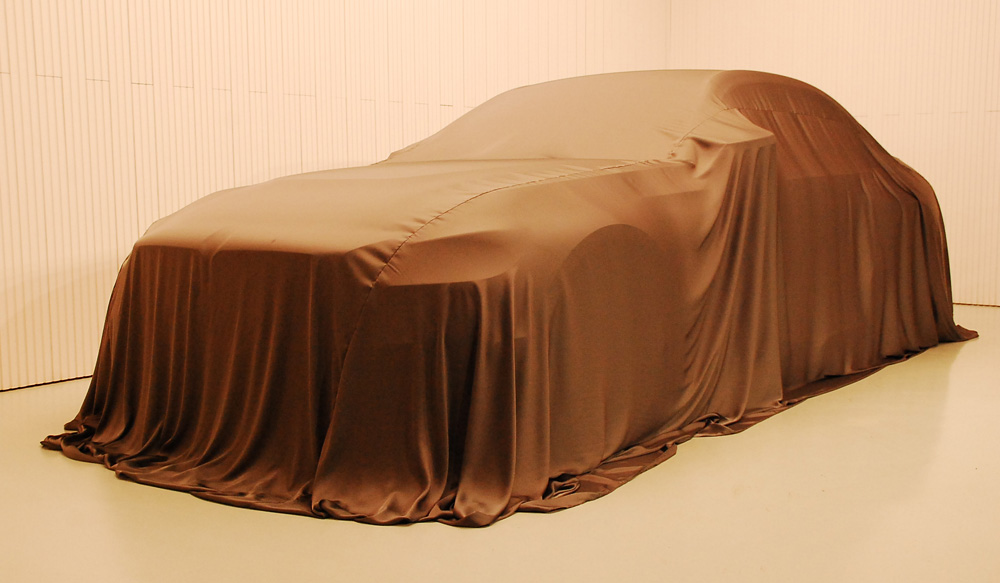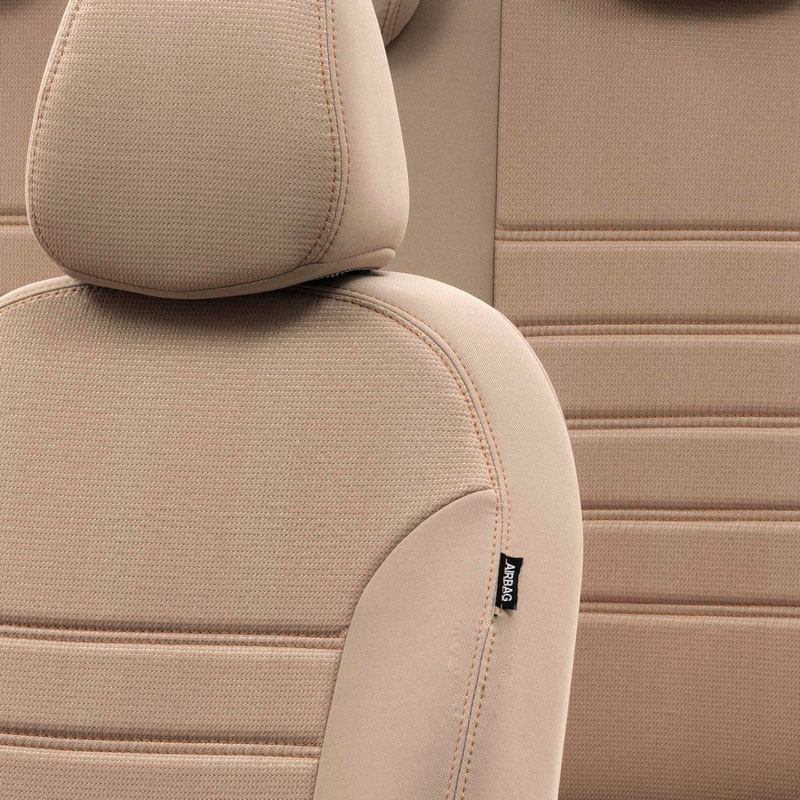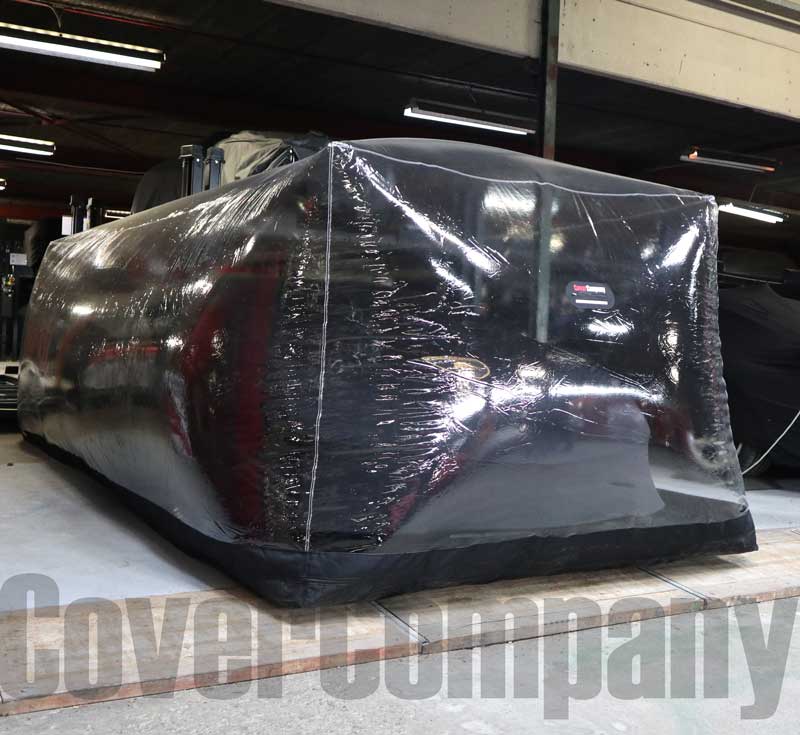Shop now.Pay it in 4.

Clearpay is unregulated credit.
Use responsibly.T&Cs & late fees
apply at clearpay.co.uk/terms
Comparing Tesla 3 vs Tesla Y: Performance, Design, and Battery Protection
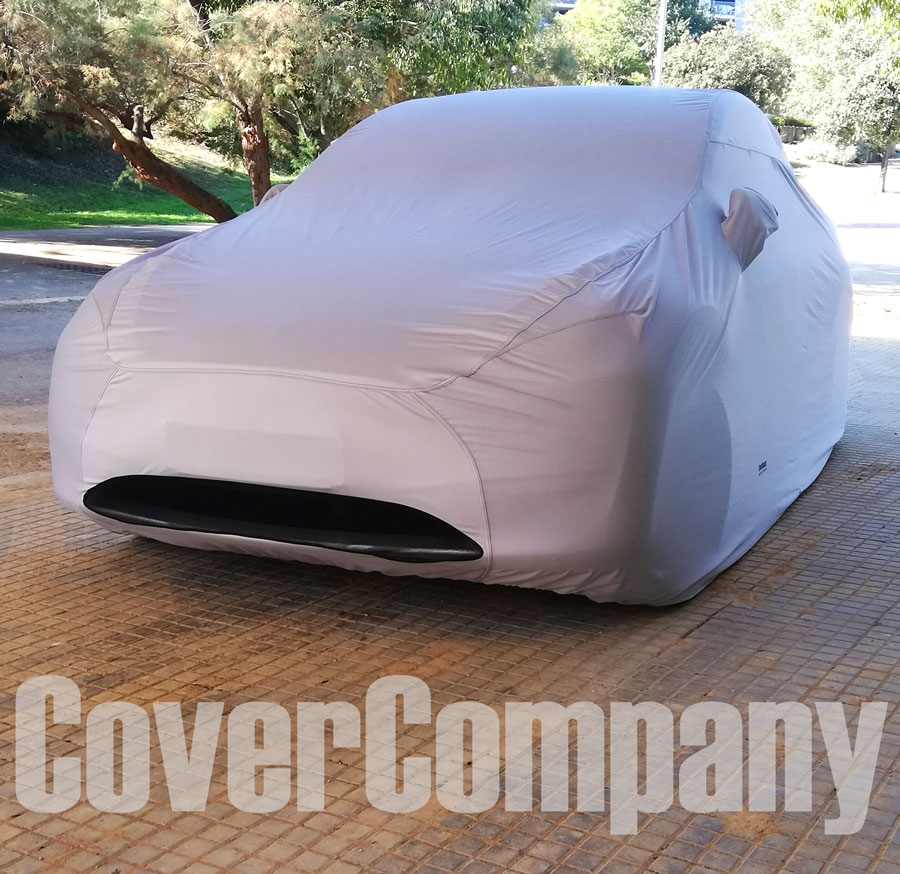 Tesla Y and Tesla 3 are two of the most popular electric vehicles (EVs) currently available on the market. Both vehicles are known for their high-performance and sleek design, but there are some notable differences between the two models.
Tesla Y and Tesla 3 are two of the most popular electric vehicles (EVs) currently available on the market. Both vehicles are known for their high-performance and sleek design, but there are some notable differences between the two models.
First and foremost, the Tesla Y is a larger vehicle than the Tesla 3. The Y is a 7-seater SUV, while the 3 is a 4-door sedan. This means the Y has more space for passengers and cargo, making it a better option for families or those who frequently transport larger items.
In terms of performance, the Tesla Y has a longer range than the Tesla 3. The Y can travel up to 326 miles on a single charge, while the 3 has a range of up to 358 miles. This means that the Y will need to be charged more frequently than the 3, but it still has a long range compared to most EVs on the market.
Another key difference between the two models is the cost. The Tesla Y has a higher starting price than the 3, making it a more expensive option. However, the Y also has more features and advanced technology, such as a built-in 3rd-row seating and a larger touch screen display.
The battery
Tesla car batteries work by storing electrical energy in a large array of lithium-ion battery cells. These cells are connected in a series and parallel configuration to create a high-voltage, high-capacity battery pack.
The battery pack is divided into several smaller modules, each containing multiple battery cells. These modules are connected together to create the large battery pack that powers the car. The battery pack is designed to store and release energy as needed to power the electric motor that propels the car.
Tesla's battery management system (BMS) is responsible for monitoring and controlling the battery pack. The BMS uses sensors to measure the temperature, voltage, and current of each battery cell and module. The BMS uses this information to optimize the performance of the battery pack and to ensure that it stays within safe operating limits.
The BMS also includes a battery cooling system that helps to keep the battery cells at the optimal temperature. This is important because lithium-ion batteries can degrade quickly if they get too hot or too cold.
Tesla's battery packs are also designed to be durable and long-lasting. The company guarantees that its battery packs will retain at least 70% of their original capacity after eight years or 100,000 miles, whichever comes first.
In summary, Tesla car batteries work by storing electrical energy in a large array of lithium-ion battery cells, which are connected in a series and parallel configuration to create a high-voltage, high-capacity battery pack, controlled by a battery management system (BMS) that monitors and controls the battery pack, and it's designed to be durable and long-lasting, with a guaranteed capacity retention for 8 years or 100,000 miles.
Tips to protect and increase the life span of your Tesla battery
- When it comes to battery life, both the Tesla Y and Tesla 3 have long-lasting batteries, but there are a few steps you can take to prolong the battery life even further.
- Keep the battery at a moderate level: Avoid letting the battery charge to 100% or letting it drop to 0%. Instead, try to keep it between 20% and 80% to prolong the battery life.
- Limit fast charging: Fast charging can cause the battery to degrade faster. If possible, avoid fast charging or limit it to only when you need it.
- Use the right charging equipment: Always use Tesla-approved charging equipment to ensure that your car's battery is charged properly and safely.
- Avoid extreme temperatures: High temperatures can cause the battery to degrade faster, so try to avoid leaving your car in direct sunlight or in a hot garage.
-
Use the right driving modes: Tesla cars have different driving modes that can affect the battery life. For example, using the Sport mode will consume more energy than the Eco mode.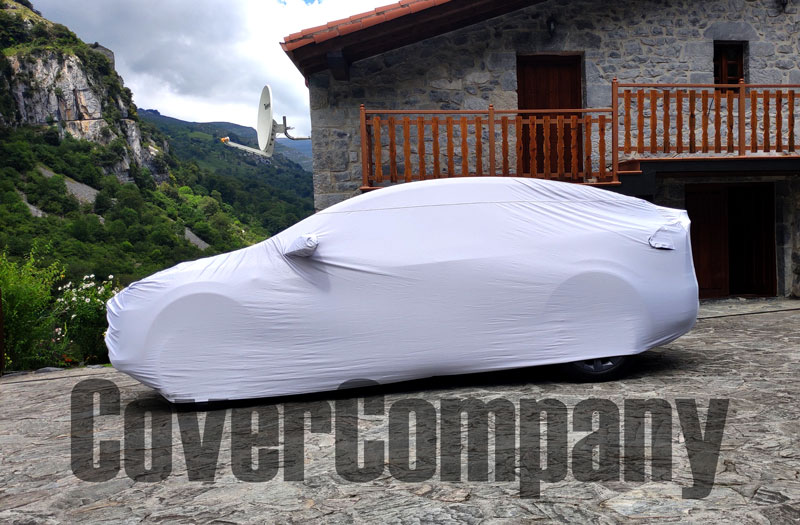
By following these steps, you can help to prolong the battery life of your Tesla Y or Tesla 3 and ensure that your vehicle stays in top condition for as long as possible.
Protecting your Tesla
Using a car cover for your Tesla is a great way to protect your vehicle from the elements, and it also helps to prolong the battery life. When shopping for a car cover, look for one specifically designed for electric vehicles that has ventilation for the battery and an opening for the charger. This will ensure that your Tesla's battery is not damaged by overheating or by being covered while charging.
A car cover with ventilation will allow air to circulate around the battery, preventing it from overheating in hot weather or during charging. This is especially important for Teslas, as they have large batteries that can generate a lot of heat.
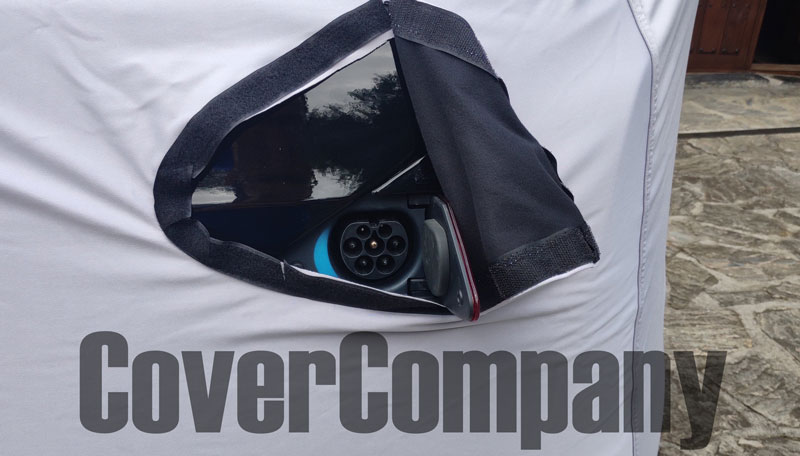 An opening for the charger will allow you to charge your Tesla while it's covered, without having to remove the cover. This is convenient and helps to protect your Tesla from the elements while it's charging.
An opening for the charger will allow you to charge your Tesla while it's covered, without having to remove the cover. This is convenient and helps to protect your Tesla from the elements while it's charging.
It's also important to choose a car cover that is made from high-quality, durable materials that can withstand the elements and protect your Tesla's paint and body. Look for a cover that is water-resistant, UV-resistant, and that can resist mildew and mold.
In summary, using a car cover for your Tesla with ventilation for the battery and opening for the charger is a great way to protect your vehicle from the elements while also prolonging the battery life. By choosing a cover that is specifically designed for electric vehicles and made from high-quality materials, you can ensure that your Tesla stays in top condition.
What Our Customer Are Saying...
-
PERFECT PROTECTION GOLDWING 1500 By: Gilles COHARD
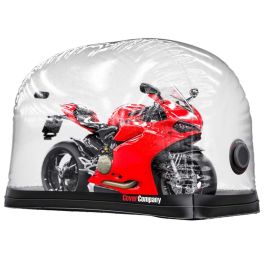 Very satisfied with this indoor size L cover (2.8 m x 1.2 m x 1.6 m) for the Goldwing 1500. Unfold carefully as the package is vacuum-sealed and the transparent part is very sticky. I installed it by myself. Be careful to position the antennas correctly. Consider using protection under the center and side stands to preserve the cover. No instructions in French. This cover is not cheap, but it really does the job. I highly recommend it. CoverCompany responds quickly to questions, which is much appreciated.
Very satisfied with this indoor size L cover (2.8 m x 1.2 m x 1.6 m) for the Goldwing 1500. Unfold carefully as the package is vacuum-sealed and the transparent part is very sticky. I installed it by myself. Be careful to position the antennas correctly. Consider using protection under the center and side stands to preserve the cover. No instructions in French. This cover is not cheap, but it really does the job. I highly recommend it. CoverCompany responds quickly to questions, which is much appreciated. -
Decent quality for the price By: Paul
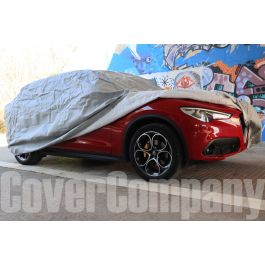 Cover is good quality. Being a standard fit cover it's designed to fit large SUV vehicles which is slightly too big for a Stelvio, but it's better that it's oversized than too small. It's never going to fit back into the storage bag or case that came with it so will have to find another way of storing it which is disappointing. Took about 10 days to get to the UK. - Answer by Cover Company: Thanks for your feedback Paul. The package includes an additional storage bag to store the cover once it has been used,
Cover is good quality. Being a standard fit cover it's designed to fit large SUV vehicles which is slightly too big for a Stelvio, but it's better that it's oversized than too small. It's never going to fit back into the storage bag or case that came with it so will have to find another way of storing it which is disappointing. Took about 10 days to get to the UK. - Answer by Cover Company: Thanks for your feedback Paul. The package includes an additional storage bag to store the cover once it has been used,

